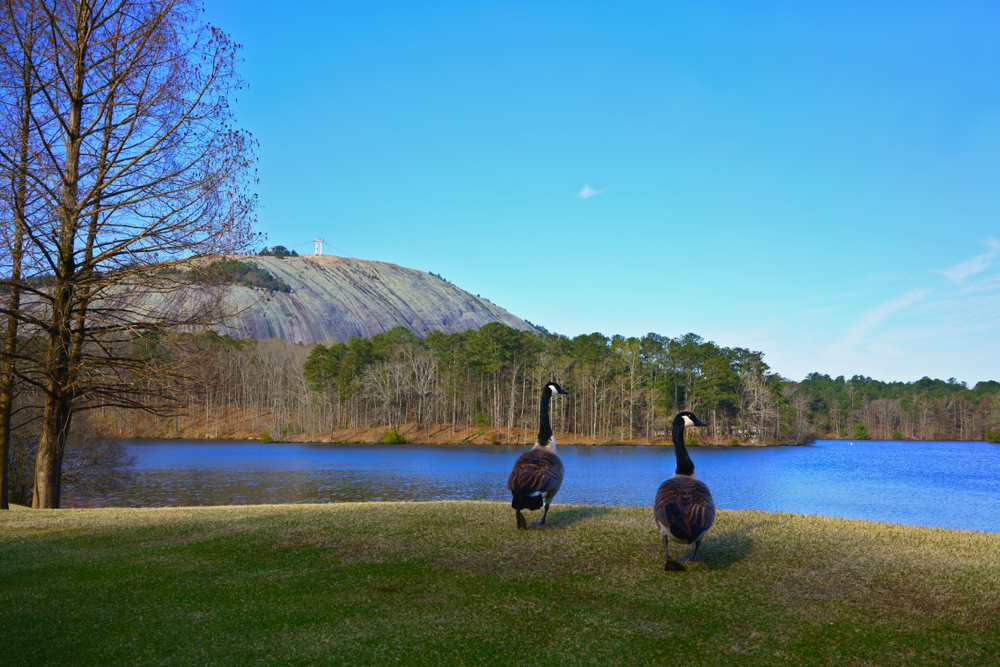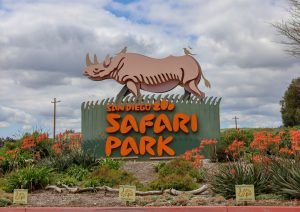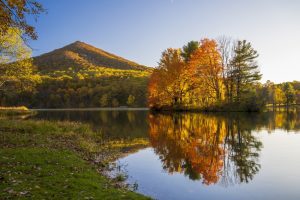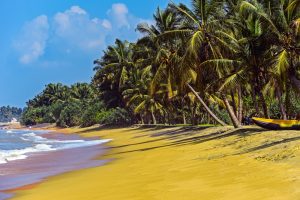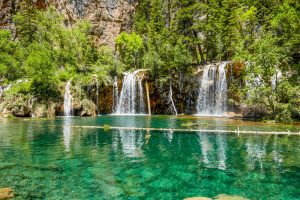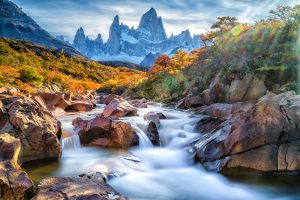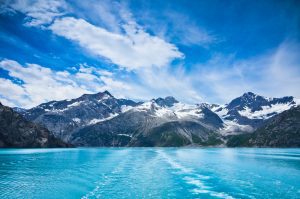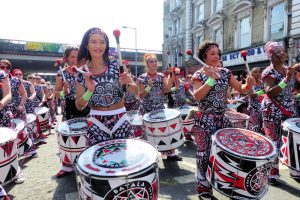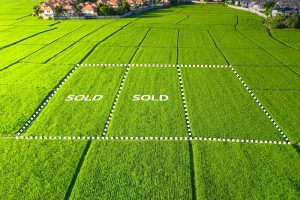Alaska has the most naturally formed lakes in the US, with 3,197 officially named lakes and more than 3 million unnamed lakes.
A large number of the lakes don’t have names due to Alaska’s sheer size and isolation.
It’s widely believed that Minnesota is home to the most lakes in the country. Known as the Land of 10,000 lakes, the state does indeed have many lakes, but it doesn’t have the most.
However, it does have the second-largest number of lakes, with 15,291 named lakes that encompass 2.6 million acres across the state.
Coming in third place is Wisconsin, which has 15,000 named natural lakes. Michigan comes in fourth place, with 11,000 naturally formed lakes.
Table of Contents
Why does Alaska have so many lakes?

Due to its tall mountain ranges and high latitude, much of Alaska is covered in glaciers.
These glaciers, mainly consisting of snow, ice, and rock, are a result of more snow falling than melting, which tends to occur in Alaska.
The pull of gravity causes these glaciers to slide down the mountains onto the ground below. When the glaciers melt, they create lakes.
Direct snowfall and rainfall can either enlarge already-existing lakes or create new ones. Although many of Alaska’s lakes are covered with glaciers, melting permafrost can thaw them out.
However, many of these lakes aren’t permanent and can disappear over time.
What is Alaska’s largest lake?
The largest lake in Alaska is Iliamna Lake. With 1,600 square miles (77 miles long and 22 miles wide), Alaska’s largest body of fresh water is home to many populations of freshwater fish.
These fish include Chinook, coho, and sockeye salmon.
The lake is connected to several rivers and streams. The Kvichak River, for example, drains the southwest portion of the lake into Bristol Bay.
Although hunting seals isn’t a particularly popular pastime for people who live in the communities surrounding the lake, it is believed that the people of Iliamna Lake – Yup’ik, Alutiiq, and Athabascan – have been harvesting seals for several generations.
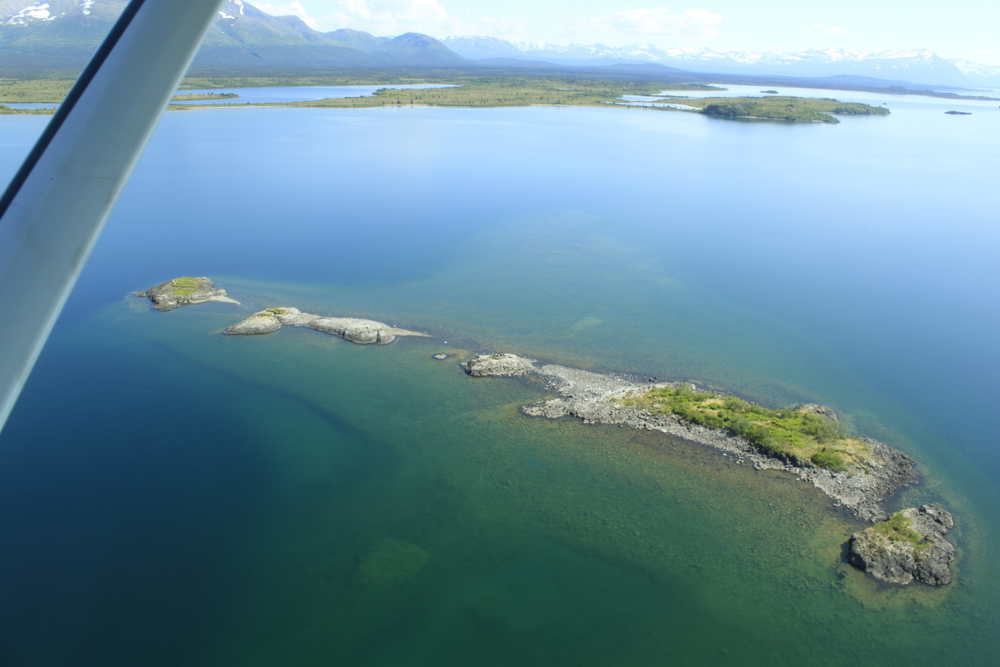
However, the people only hunt about three to five seals per year, usually for an additional meat source and seal oil.
This type of oil is commonly used as a condiment for salmon strips, fish eggs, and dried moose or caribou meat.
What do people do at Alaska’s lakes?
People visit easily accessible lakes for recreational activities like boating, fishing, swimming, and camping.
Some lakes are near or located within national parks, which people often visit for sightseeing and recreation.
With the plethora of boating and paddling tours in Alaska, one will never run out of ways to enjoy water activities in this state.
The most popular boating lakes are Kenai Lake, Big Lake, Lake Louise, and Stormy Lake, but there are many more lakes that are ideal for boating.
Big Lake
The area surrounding Big Lake provides a perfect venue for dog sledding during the winter. That being said, the area is conducive to summertime activities too, like swimming, camping, boating, and fishing.
The Big Lake North State Recreation Site, located on the lake, is perfect for camping, picnics, and sightseeing with its glorious view of Denali.
People often boat and fish at this location during the summer, which is largely why this is a popular place year-round.
Nearby Fish Creek Park has an observation deck for salmon spawning. There’s also Big Lake South State Recreation Site, which provides camping and boating opportunities.
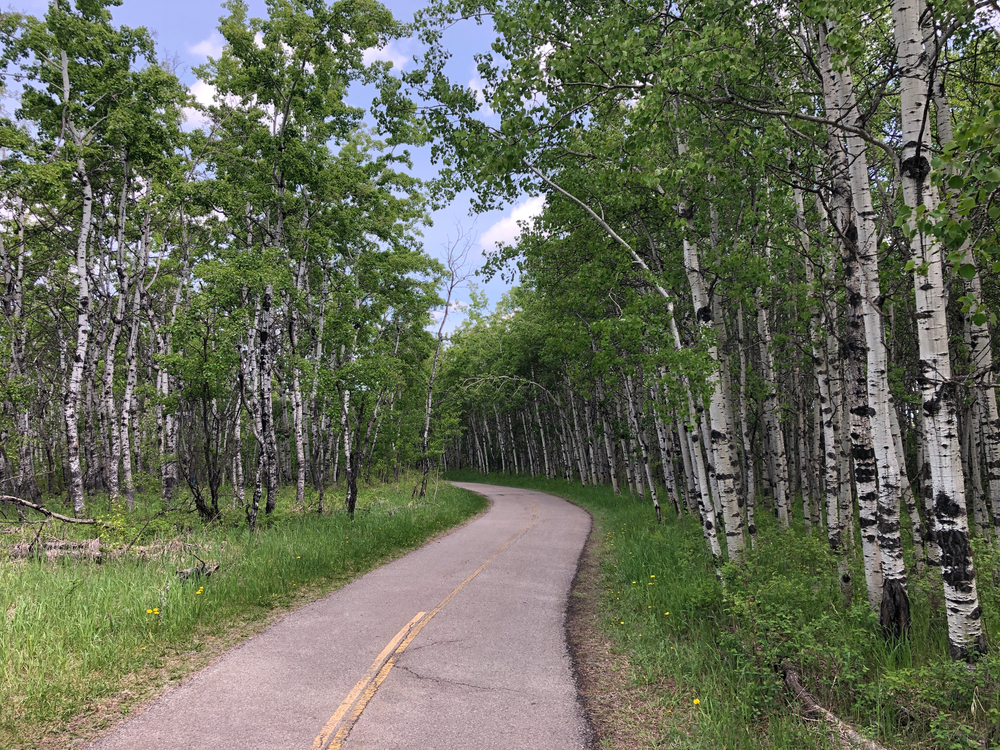
Lastly, the Rocky Lake State Recreation Site allows people to camp along the lake.
Stormy Lake
Located on the Kenai Peninsula, Stormy Lake is another often-visited lake in Alaska. Situated within the Captain Cook State Recreation Area, it sometimes has whitecaps due to the constant winds – hence, its name.
It’s also widely referred to as Three Bay Lake since it’s made up of three almost separate areas that are connected by channels.
Recreational activities at Stormy Lake are endless. People who visit the area can sightsee, go boating, have picnics, swim, and camp, to name just a few things.
The lake is accessible from the Kenai Spur Highway, which is approximately 27 miles north of Kenai.
Lake Louise
Alaskans visit the Lake Louise State Recreational Area all year round. After all, the area is filled with opportunities for outdoor recreation, like fishing, camping, birdwatching, boating, berry picking, biking, hiking, skiing, snow machining, hunting, ice skating, and viewing the Northern Lights.
There are four species of fish that people mainly harvest at Lake Louise: lake trout, whitefish, burbot, and arctic grayling.
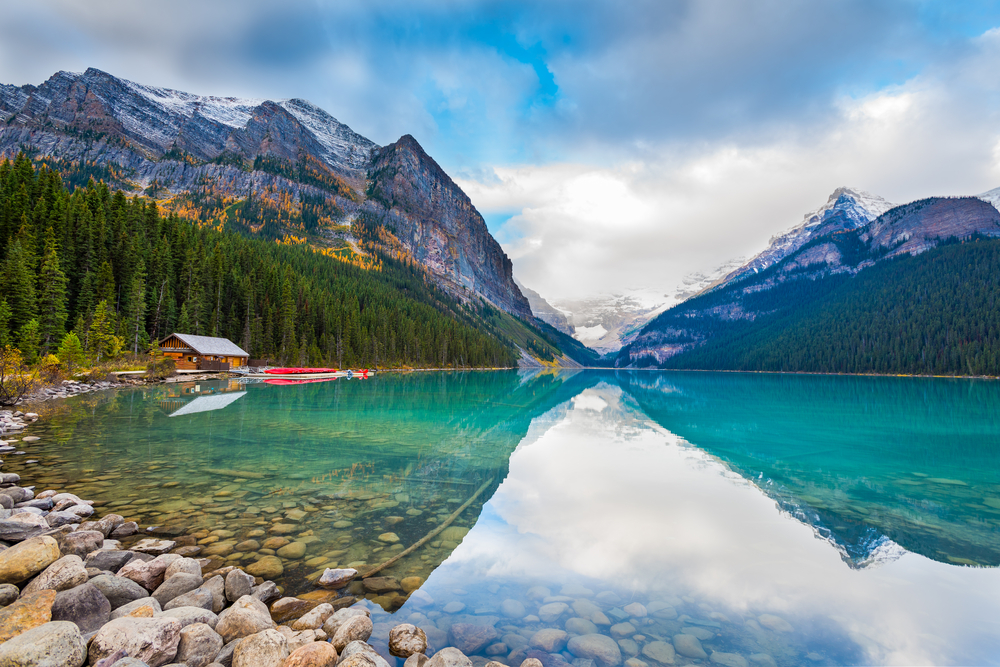
Birdwatchers can spot many species of birds, such as cormorants, as well as many types of wildlife.
Birdwatchers can also visit Bird Island to catch a glimpse of different nesting sites. In addition, swans, loons, and other waterfowl can be found all over the lake.
Other wildlife that can be found around Lake Louise includes moose, wolf, bear, fox, sheep, and lynx.
Every year between the months of October and November, Nelchina caribou can be spotted migrating across this area.
The Lake Louise State Recreation Area’s campsite, boat launch, and picnic areas give visitors plenty of recreational options to choose from.
They can also hike the trail, which leads them to the hilltop, where the Army’s original cabins exist to this day.
Kenai Lake
Zigzagging through Alaska’s Kenai Peninsula is Kenai Lake. Known as the gateway to the Kenai River, Kenai Lake is a popular destination for people who enjoy fishing, camping, birdwatching, biking, hiking, boating, and a host of other watersports.
The lake can be accessed from the Sterling and Seward highways. Because the lake was created by melted glaciers, it has a unique blue and green color.
Due to its picturesque beauty, people often stop on the highways to take photos.
Conclusion
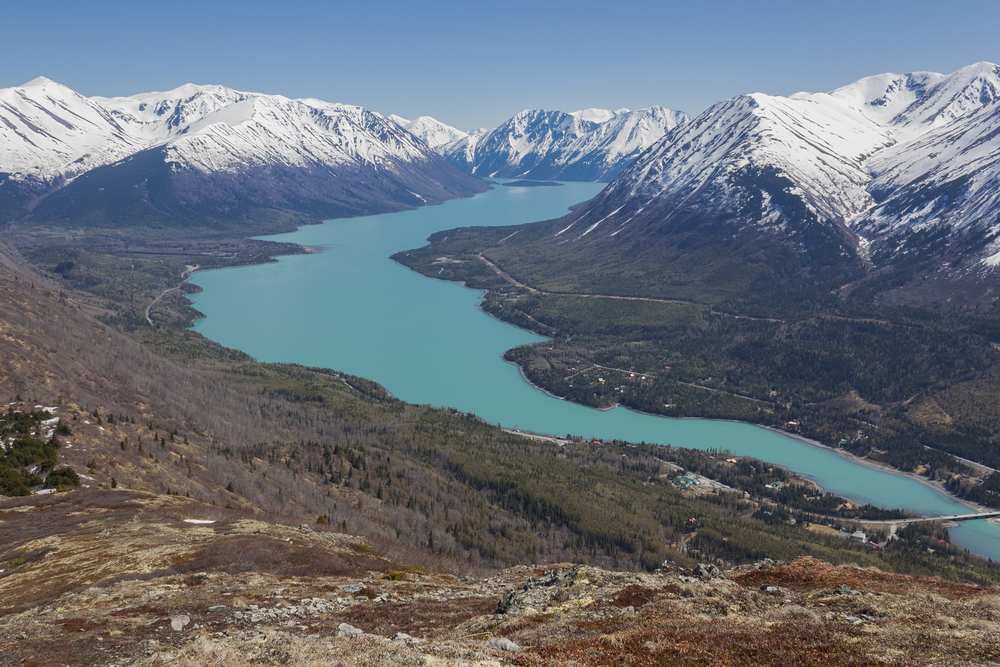
Contrary to popular belief, Alaska, not Minnesota, has the most freshwater lakes in the US. However, Minnesota, too, is home to thousands of lakes, coming in at second place.
In third and fourth place are Wisconsin and Michigan, respectively.
The reason Alaska has so many lakes is its tall mountains and high latitude, which make the state an ideal environment for glaciers.
The melting glacier water has made many of the lakes that encompass much of Alaska.
Many of Alaska’s lakes, such as Big Lake, Stormy Lake, Lake Louise, and Kenai Lake, are hotspots for recreational activities like swimming, hiking, boating, fishing, birdwatching, camping, picnicking, and other outdoor activities.
The state’s largest lake, Iliamna Lake, is home to a sizable seal population. People often visit the lake to go seal watching or to harvest seals for meat and oil.
Alaska’s lakes contribute to the state’s distinct beauty, helping bring in more than 2 million visitors and over $2 billion annually, and growing.

